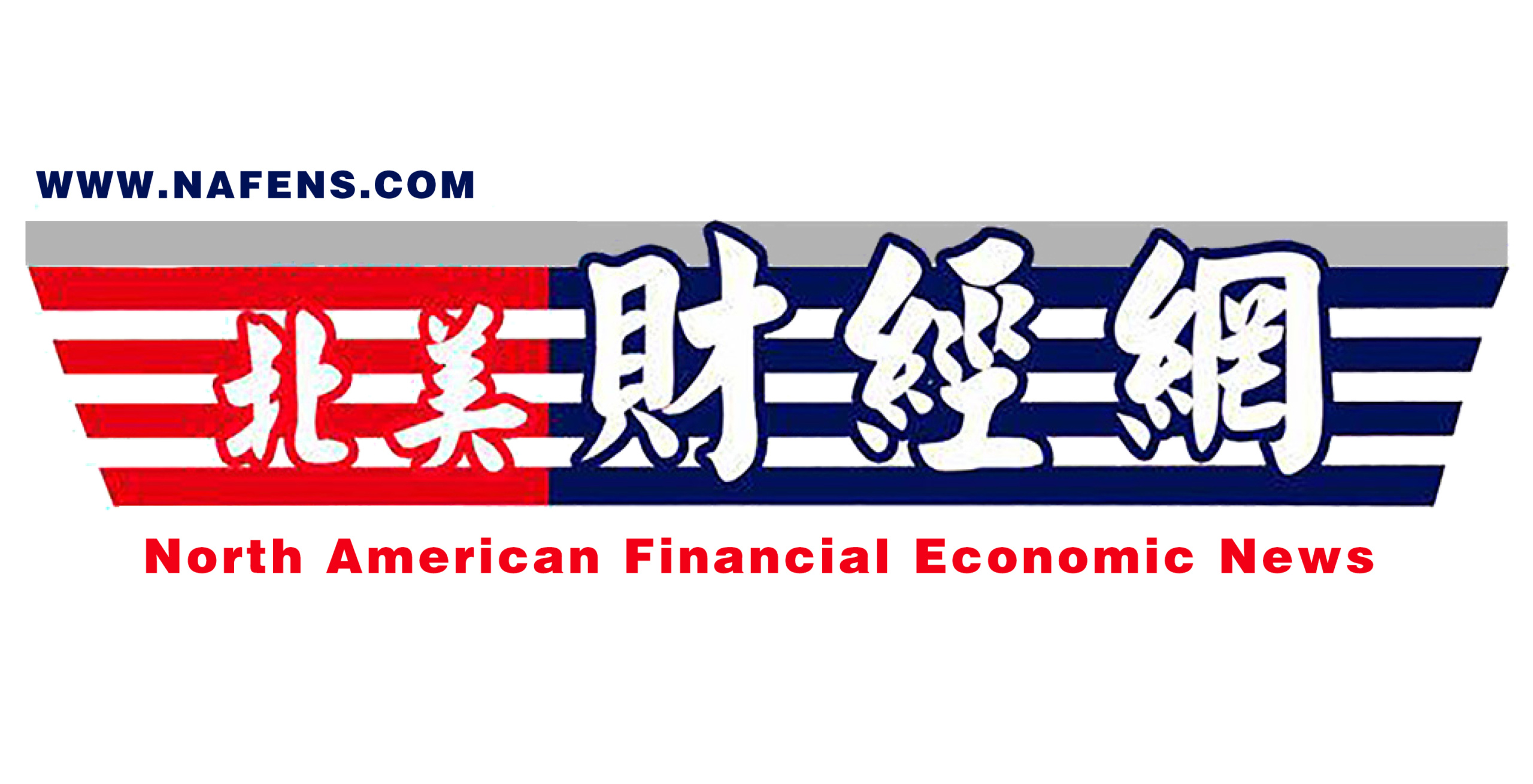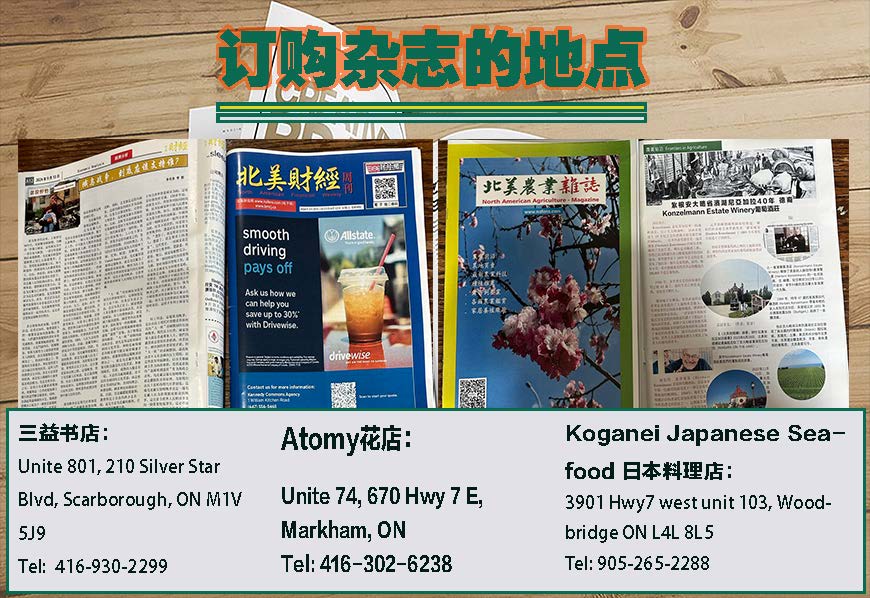
2025-05-12 18:38 · 海外
财经报社多伦多讯: 在中美两国达成削减关税协议、缓和持续影响全球市场的贸易战后,周一(5月12日)投资者情绪高涨,推动美股期货大幅上涨。标普500指数期货飙升逾3%,纳斯达克100指数期货暴涨3.8%,有望创下一个多月以来最佳单日表现。与此同时,避险资产遭遇抛售,黄金价格暴跌3%,美债收益率攀升至一个月高位。
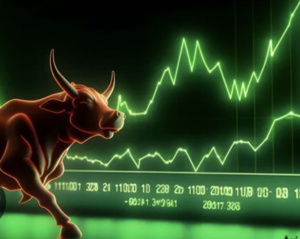
市场全面沸腾
美国财政部长斯科特·贝森特称此次贸易谈判“极具建设性”,极大提振了市场信心。受贸易战冲击最严重的科技股领涨,香港恒生科技指数飙升超6%。欧洲股市同样表现强劲,德国DAX指数上涨1.5%,创历史新高;泛欧STOXX 600指数上涨1.1%;意大利富时MIB指数涨幅超2%,触及2007年以来最高水平。
— AD —
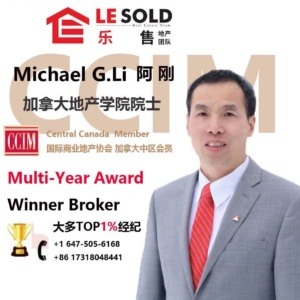
外汇市场方面,美元指数上涨0.9%,升至一个月高点;避险货币日元兑美元贬值1.5%,至147.08;欧元下跌1.1%,至1.1131美元。人民币表现尤为亮眼,在岸人民币兑美元汇率升至7.2001,创六个月新高,离岸人民币亦上涨超0.5%。
大宗商品市场剧烈波动,布伦特原油期货大涨3.3%,至每桶64.14美元;WTI原油期货上涨3.5%,至63.14美元。而黄金价格则因避险需求降温而重挫3%。
关税协议细节曝光
根据日内瓦发布的联合声明,中美双方同意在未来90天内相互削减115%的商品关税。此前,两国不断加码的报复性关税几乎全部取消,标志着贸易战重大转折。
— AD —
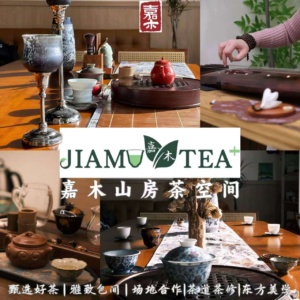
美国方面:取消4月8日及9日对中国商品加征的91%关税,并调整4月2日宣布的34%关税,其中24%暂停90天,仅保留10%。但针对芬太尼问题的20%惩罚性关税仍维持,因此对华综合关税降至30%。
-中国方面:同步取消对美国商品的91%反制关税,并暂停34%对等关税中的24%,同样保留10%。此外,中国还将撤销部分非关税反制措施。
“这一进展远超市场预期,”法巴银行策略师Benedicte Lowe表示,“全球股市短期内将延续乐观情绪。”
谈判背景与市场影响
此次高层会谈由美国财长贝森特、贸易代表格里尔与中国副总理何立峰在日内瓦举行,是自特朗普政府4月2日加征关税以来的首次正式磋商。此前,中美贸易战已将美国对华关税推高至145%,中国对美国商品关税达125%,引发市场对全球经济衰退的担忧。
Singular Bank策略主管Roberto Scholtes指出:“市场正回归到假设‘解放日’关税未发生时的轨迹,企业基本面稳健,一季度财报普遍超预期,资金仍在等待入场。”
东亚银行分析师Jason Chan认为:“若中美能达成协议,亚洲其他国家如日本、印度等也可能加速推进自身贸易谈判。”
— AD —
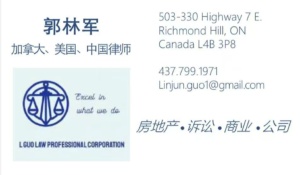
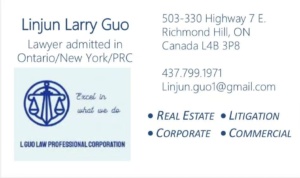
交易员保持谨慎
尽管市场情绪高涨,但部分投资者仍对90天缓冲期能否真正修复经济损害持怀疑态度。
“这是对利好的短期反应,但根本问题并未解决,”Ecofi基金经理Karen Georges警告,“市场仍面临不确定性。”
此外,制药板块逆势下跌。因特朗普计划签署行政命令降低药价,全球制药股承压,诺和诺德、阿斯利康、辉瑞等股价均走低。
地缘政治利好频传
印巴停火:在经历严重冲突后,印度与巴基斯坦达成停火协议,推动印度股市涨3%,巴基斯坦股市暴涨9.2%。
俄乌局势缓和:乌克兰总统泽连斯基宣布将于5月15日赴伊斯坦布尔与普京会谈,进一步缓解地缘紧张。
法国农业信贷银行外汇主管Valentin Marinov表示:“风险资产将受益,而日元、瑞郎等避险货币可能继续承压。”
— AD —

Toronto, May 12, 2025 (Financial Press) – Following the U.S. and China’s agreement to reduce tariffs and ease a trade war that has disrupted global markets, investor sentiment surged on Monday (May 12), driving U.S. stock futures sharply higher. S&P 500 futures soared over 3%, while Nasdaq 100 futures skyrocketed 3.8%, on track for their best single-day performance in over a month. Meanwhile, safe-haven assets faced a sell-off, with gold prices plunging 3% and U.S. Treasury yields climbing to a one-month high.
### **Markets Rally Globally**
U.S. Treasury Secretary Scott Bessent described the trade negotiations as “highly constructive,” significantly boosting market confidence. Technology stocks, which had been hit hardest by the trade war, led the gains, with the Hang Seng Tech Index in Hong Kong surging over 6%. European markets also performed strongly, with Germany’s DAX index rising 1.5% to a record high, the pan-European STOXX 600 up 1.1%, and Italy’s FTSE MIB gaining over 2%, reaching its highest level since 2007.
In the forex market, the U.S. dollar index rose 0.9% to a one-month high, while the safe-haven Japanese yen weakened 1.5% to 147.08 per dollar. The euro fell 1.1% to $1.1131. The Chinese yuan stood out, with the onshore rate strengthening to 7.2001 per dollar, a six-month high, while offshore yuan also rose over 0.5%.
Commodity markets saw sharp movements, with Brent crude futures jumping 3.3% to $64.14 per barrel and WTI crude rising 3.5% to $63.14. Gold prices, however, tumbled 3% as demand for safe havens cooled.
### **Tariff Agreement Details Revealed**
According to a joint statement released in Geneva, the U.S. and China agreed to mutually reduce tariffs on goods by 115% over the next 90 days. Nearly all retaliatory tariffs previously imposed by both sides have been rolled back, marking a major turning point in the trade war.
– **U.S. Actions**: The U.S. will remove 91% of tariffs imposed on Chinese goods on April 8 and 9, while adjusting the 34% tariffs announced on April 2—24% will be suspended for 90 days, leaving only 10% in place. However, a 20% punitive tariff on fentanyl-related products remains, bringing the total U.S. tariffs on Chinese goods down to 30%.
– **China’s Response**: China will similarly remove 91% of its retaliatory tariffs on U.S. goods and suspend 24% of the 34% counter-tariffs, retaining 10%. Additionally, China will revoke certain non-tariff countermeasures.
“This development far exceeds market expectations,” said Benedicte Lowe, strategist at BNP Paribas. “Global equities are likely to remain buoyant in the near term.”
### **Negotiation Background and Market Impact**
The high-level talks were held in Geneva between U.S. Treasury Secretary Bessent, Trade Representative Greer, and Chinese Vice Premier He Lifeng, marking the first formal discussions since the Trump administration imposed tariffs on April 2. Previously, the trade war had pushed U.S. tariffs on Chinese imports to 145%, while China’s tariffs on U.S. goods reached 125%, sparking fears of a global economic downturn.
Roberto Scholtes, chief strategist at Singular Bank, noted, “Markets are reverting to the trajectory they would have followed had the ‘Liberation Day’ tariffs not occurred. Corporate fundamentals remain solid, Q1 earnings mostly beat expectations, and there is still ample cash waiting to enter the market.”
Jason Chan, analyst at Bank of East Asia, added, “If even the U.S. and China can reach a deal, other Asian economies like Japan and India may accelerate their own trade negotiations.”
### **Traders Remain Cautious**
Despite the bullish sentiment, some investors remain skeptical about whether the 90-day pause can truly repair economic damage.
“This is a short-term reaction to positive news, but the underlying issues aren’t resolved,” warned Karen Georges, fund manager at Ecofi. “Markets are still vulnerable.”
Meanwhile, pharmaceutical stocks bucked the trend, declining after Trump announced plans to sign an executive order lowering U.S. drug prices to match international levels. Shares of Novo Nordisk, AstraZeneca, and Pfizer all fell.
### **Geopolitical Developments Add to Optimism**
– **India-Pakistan Ceasefire**: After severe clashes, India and Pakistan agreed to a truce, sending Indian stocks up 3% and Pakistani equities soaring 9.2%.
– **Russia-Ukraine Talks**: Ukrainian President Zelensky announced he would meet with Russian President Putin in Istanbul on May 15, further easing geopolitical tensions.
Valentin Marinov, head of G10 FX research at Crédit Agricole, said, “Risk assets will benefit, while safe-haven currencies like the yen and Swiss franc may continue to face pressure.”
